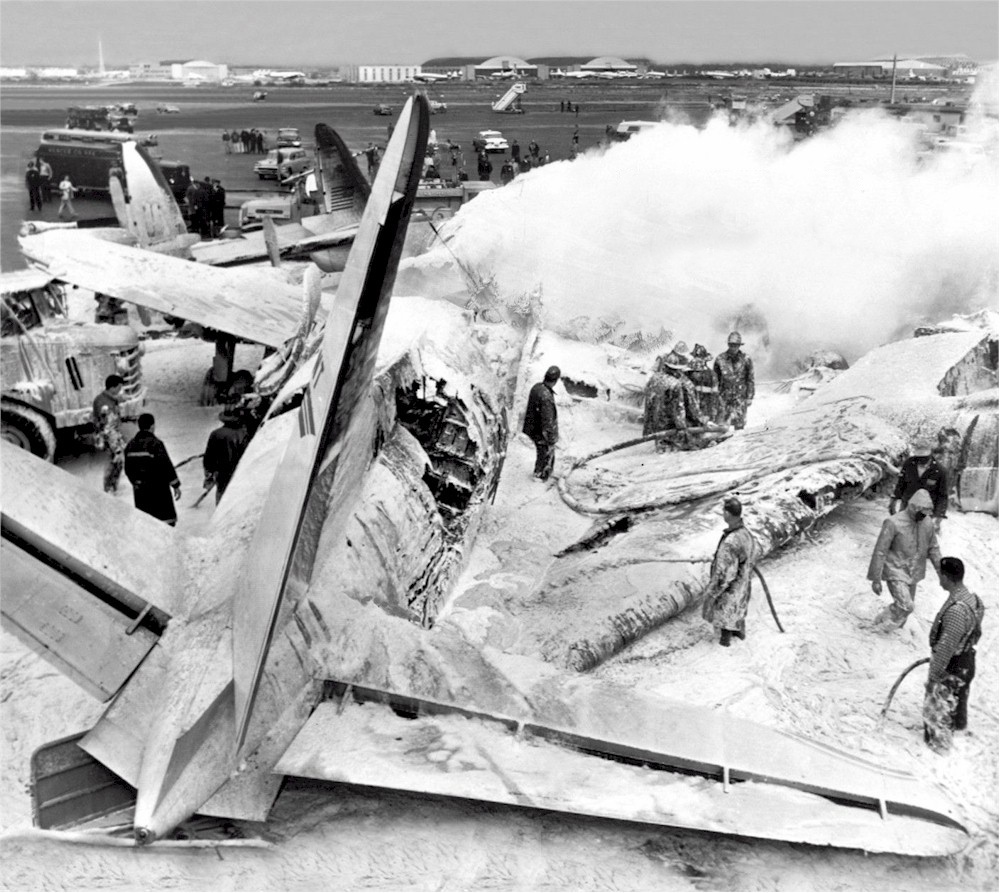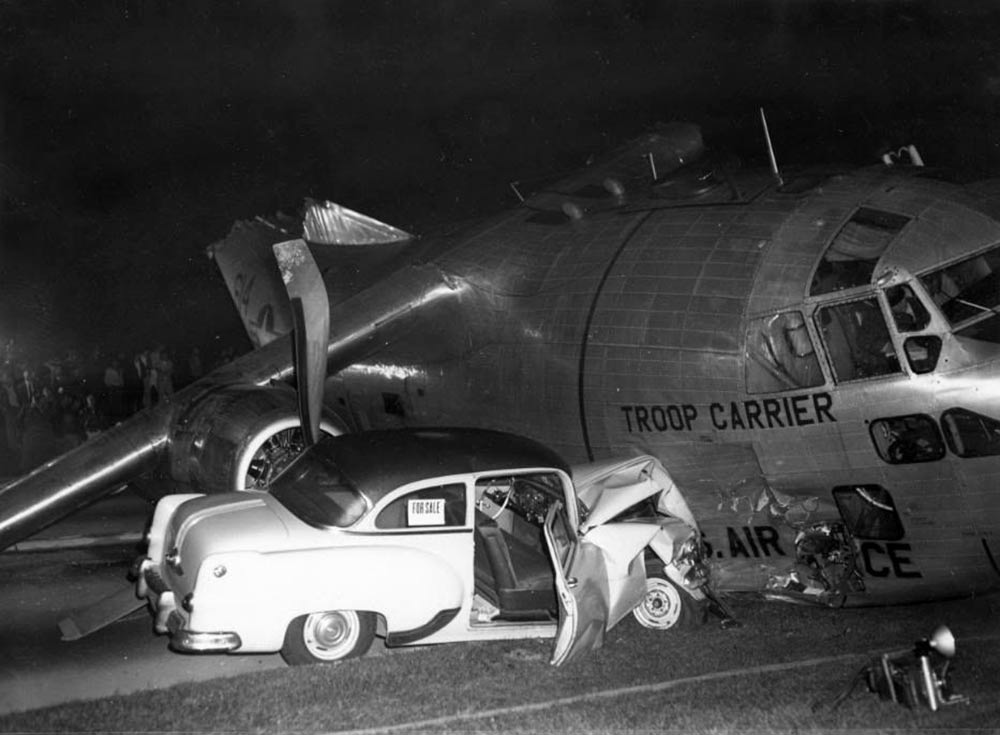Crash of a Curtiss C-46F-1-CU Commando near Fort Collins: 2 killed
Date & Time:
Nov 16, 1958
Registration:
N1301N
Survivors:
No
Schedule:
Denver - Ogden-Hill
MSN:
22480
YOM:
1945
Crew on board:
2
Crew fatalities:
Pax on board:
0
Pax fatalities:
Other fatalities:
Total fatalities:
2
Circumstances:
The crew was completing a cargo flight from Denver-Stapleton to Ogden-Hill AFB, Utah. En route, while cruising at an altitude of 8,700 feet in poor weather conditions, the airplane struck the slope of a mountain located near Fort Collins. The wreckage was found few hours later and both pilots were killed. At the time of the accident, weather was poor with icing conditions and turbulences. It is believed the airplane lost altitude until it impacted terrain.












